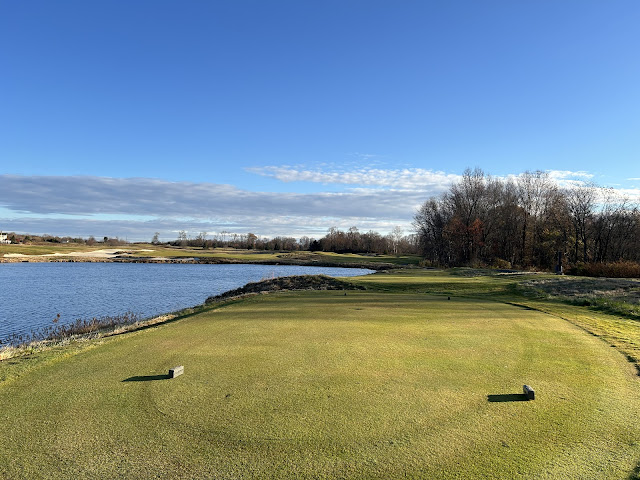As you have likely heard on the news, September was extremely dry in our region, down 80% from the average rainfall for the month. However, this dry spell has not prevented the appearance of worm castings on the tees and fairways.
Earthworms act as nature’s aerifiers, providing a service by creating pore space for air, water, and plant roots, as well as increasing the microbial population in the soil they process. How important are earthworms to healthy soil? To quote Charles Darwin: "...it may be doubted if there are any other animals which have played such an important part in the history of the world as these lowly organized creatures."
So why wouldn’t we be happy with the help in creating pore space in the soil? Well, the work they do below ground is fine, but the downside to having earthworms on a golf course is that when they expel soil on the surface, it leaves little hills, like miniature volcanoes. At best, these piles can be dragged or broomed off when thoroughly dry. However, when we have moisture in the air, these piles stay wet. Dragging them turns them to mud. Left alone, the piles get squished by carts and mowers leaving mud spots about the size of a silver dollar.
Numerous strategies have been employed on golf courses where worms have created such a problem. This includes spraying mild soap solutions in hopes of irritating the worms and discouraging their surface activities, as well as aggressive topdressing programs of straight sand to create a surface that is abrasive and uncomfortable for the worms. Fortunately for us, the worm activity always seems to fade as quickly as it appears.
A final thought about the earthworm population to contemplate: Some scientists calculate that in the soil of a dairy farm, per acre, the total weight of all of the earthworms that live underground exceeds the weight of the cattle grazing above ground—that's a whole lot of potential fish bait.















































.JPG)


